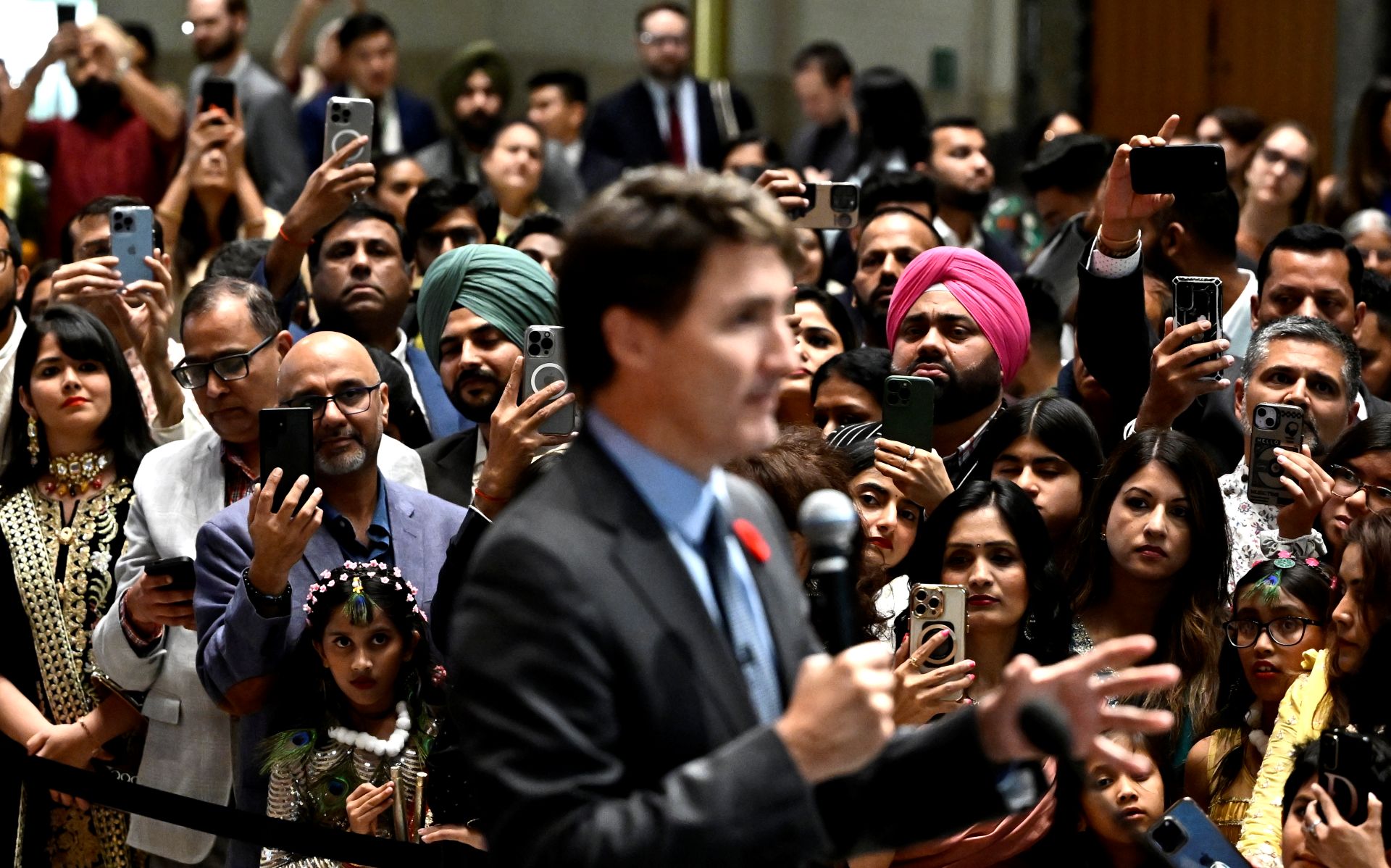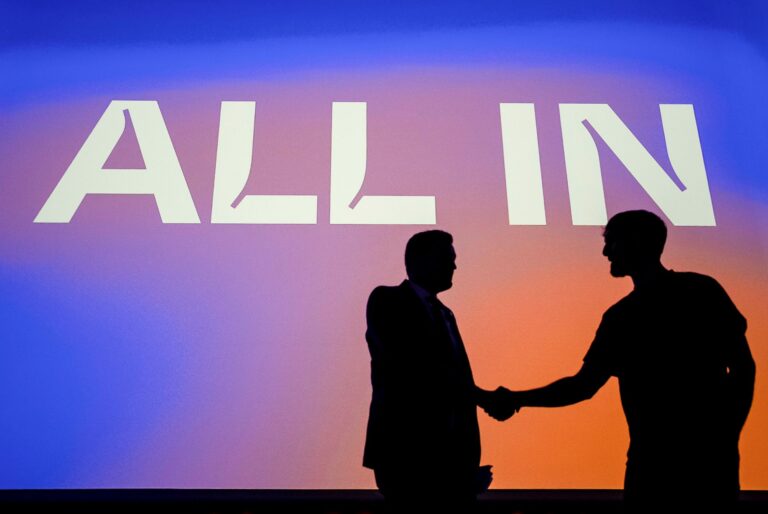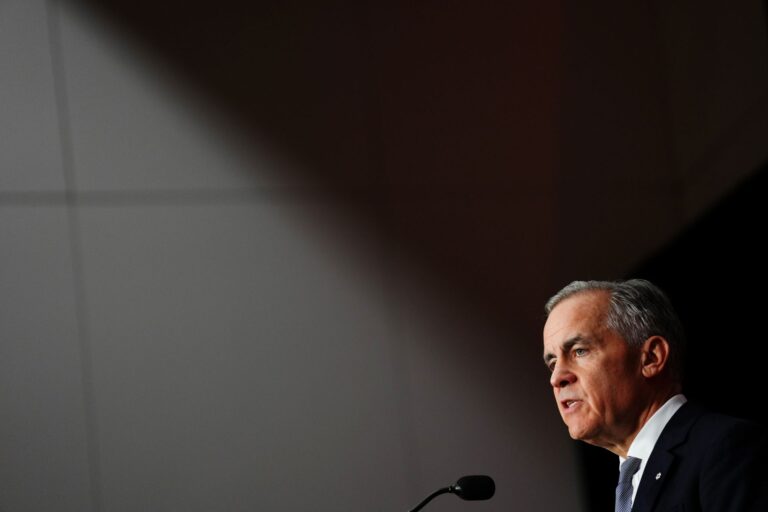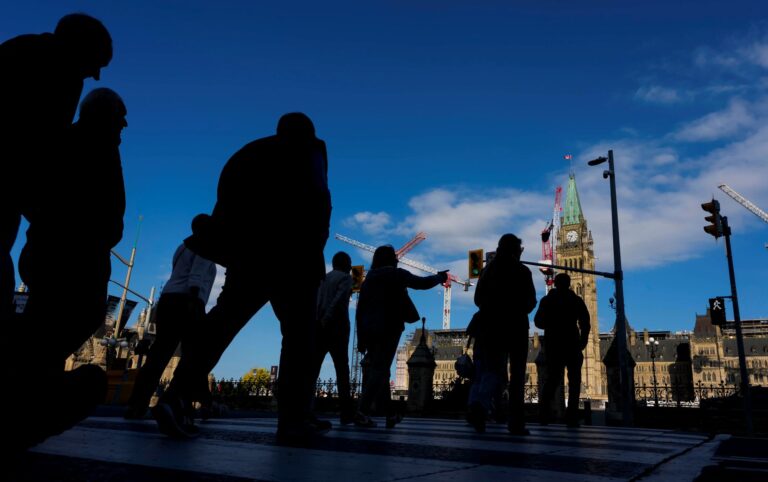The Trump administration’s assault on diversity in government appointments is undoing years of progress in the United States toward more equitable representation in key positions of power. It stands in sharp contrast to the trend established by the Trudeau government over the last 10 years, which saw diversity in Senate, judicial, governor-in-council and heads-of-mission appointments increase dramatically.
Given this tension, it is fair to wonder what approach Prime Minister Mark Carney will adopt when it comes to diversity in government appointments. What is clear, as we explore below, is that the Trudeau government has given Carney an impressive challenge to match. But will he?
Trudeau delivered on diversity
Nearly a decade after the Trudeau government came to office promising gender parity in cabinet and a commitment to diversity, the data clearly shows that this was a promise largely kept.
Diversity as currently defined and measured by the Government of Canada includes women, Indigenous, visible minorities and persons with disabilities. They also increasingly report on LGBTQ+. Here’s an overview of the Trudeau government’s key contributions to improving diversity in government appointments:
- Women formed the majority of Trudeau Senate, judicial, and governor-in-council (GIC) appointments.
- Visible minority representation quintupled among judicial appointments and more than doubled among GIC appointments, tripling for deputy ministers.
- Senate visible minority appointments only increased slightly compared to the Harper government.
- Indigenous representation more than quintupled among Senate appointments, more than doubled among judicial appointments and tripled among deputy ministers.
Where readily available, this analysis also shows dramatic increases for LGBTQ+ and moderate increases for persons with disability.
The general benchmark comparisons are the overall percentages of the population: 50.9 per cent women, 26.5 per cent visible minorities, and five per cent Indigenous Peoples. For appointments requiring Canadian citizenship (Senate, judges, the majority of governor-in-council, heads of mission), the benchmark for visible minorities who are citizens is 19.5 per cent.
The following series of tables contrast the 2016 baseline with 2024 data.
Senate appointments
Following the Senate scandals of the Harper era and the Supreme Court advisory opinion that provincial consent and thus a constitutional amendment would be required for any Senate reform, the Trudeau government put in place a new “arms-length” appointment process that allowed individuals to apply or be nominated to the Senate. This led to greater diversity overall, though fell short in terms of partisan diversity.
Table 1 contrasts the 96 appointments under Trudeau with the 57 under Stephen Harper and the 75 under Jean Chrétien, broken down by group and gender. Representation of visible minorities increased under all three prime ministers, but the Harper government had lower representation of women (31.6 per cent) and Indigenous Peoples (1.8 per cent) than Chrétien (44 and four per cent respectively) and Trudeau (55.2 and 19.8 per cent respectively).
- All three prime ministers appointed a greater percentage of women visible minority senators than men;
- More Indigenous men were appointed senators than women by Chrétien and Harper, but Trudeau appointed significantly more Indigenous women senators than men.
- While Harper appointed no known LGBTQ+ senators, Chrétien appointed one, with Trudeau appointing the most by far.
Judicial appointments
Federal judicial appointments include judges on the Supreme Court, Federal Court and Court of Appeal, Tax Court, and provincial courts, with about 1,200 appointees in total. Reversing some of the Conservative government processes and procedures, the Liberal government reformed the judicial appointment process to “increase the openness, transparency, accountability, and diversity of Canada’s judiciary.”
While subsequent analysis found the majority of appointees were previous Liberal party donors, court appointments by the Trudeau government did bring improved diversity in other areas. Table 2 contrasts judicial appointments prior to the 2016 baseline and those after 2016 from the Office of the Commissioner for Federal Judicial Affairs Canada as of February 1, 2025.
The numbers show an increase of more than 300 per cent for visible minorities, Indigenous Peoples and persons with disabilities. The office was not able to extract the intersectionality of women, visible minorities, and Indigenous Peoples.
Heads-of-mission appointments
By and large, heads-of-mission appointments (ambassadors, high commissioners, and consuls) are made by the public service but approved at the political level. There are about 150 head of mission positions, all classified at executive (EX) levels, save for three small missions at the foreign service 4 (FS4) level. The actual level of the head of mission can vary compared to the formal mission classification. Some 14 political heads-of-mission appointments – in the narrow sense of former politicians or from outside the public service – were also made between 2016 and 2025.
Table 3 compares the 2015 baseline with the average of 2017-2025 appointments, again reflecting the conscious effort to make Canada’s international representation more diverse:
- The percentage of women heads of mission increased by 56 per cent and visible minorities by 152 per cent.
- There is a notable difference between junior and senior appointments, although representation has increased for both levels.
- Women visible minority head-of-mission appointments are virtually at parity.
- Indigenous representation is virtually non-existent.
Governor-in-council appointments
Governor-in-council (GIC) appointments include government agencies, boards and commissions, along with administrative tribunals and crown corporations. The number of GIC appointments to these bodies has remained relatively stable at under 1,600.
Between 2016 and 2025, the Trudeau government also applied a diversity focus to GIC appointments. Table 4 contrasts the early 2016 baseline to current numbers, again showing a marked increase in representation of women (79 per cent), visible minorities (231 per cent), and Indigenous Peoples (230 per cent). PCO was unable to provide gender breakdowns for visible minorities and Indigenous Peoples.
Deputy minister appointments
Unlike other levels of the public service, deputy ministers are also governor-in-council appointments, largely recommended by the clerk of the Privy Council Office and the PCO senior personnel.
These appointments were also influenced by the overall trend of increased diversity at both political and public service levels. Table 5 contrasts the 2016 baseline with April 2025 and shows that visible minority and Indigenous representation grew by more than 200 per cent. Whereas in 2016, all visible minority and Indigenous deputies were women, in 2024 male deputy representation increased to one-third of all appointments. Moreover, although not shown in the table, women form a majority of all deputy ministers whereas men form the majority of associate deputy ministers.
The Trudeau government significantly increased representation of women, visible minorities, and LGBTQ+ in virtually all appointments, whether political or at the public servant level, compared to the Harper government. Commendably, it has also improved transparency with more detailed and informative data, including disaggregated data by visible minority and Indigenous groups.
The road ahead for diversity in the federal government
Whether the Carney government will continue existing appointment processes and the degree to which it will emphasize appointment diversity remains to be seen. This analysis provides a baseline by which it will be possible to assess its track record on diversity in the years to come.
Early signals of the Carney government’s commitment to diversity will likely be seen in Senate and judicial appointments, including annual reporting in the case of judges (the gold standard among political appointments). The first three judges appointed were women and not visible minorities.
Areas of potential concern are the impact of looming public service cuts, which could result in reduced reporting of diversity in the public service, particularly representation at the disaggregated level. The impact of U.S. tariffs and corresponding austerity measures by the Carney government could also lead to lower levels of funding for multiculturalism and other diversity programs and disproportionately affect visible minorities and Indigenous peoples should younger workers be displaced.
It is equally unclear whether there will be a shift toward more centre-right appointments under Mark Carney compared to the Trudeau government’s more centre-left appointments.
Methodology:
Baseline data was largely drawn from public sources, compiled and analyzed by the author using a mix of names, photos and biographies, e.g., Senate appointments from the Senate website, judicial appointments from the Office of the Commissioner for Federal Judicial Affairs Canada, GiC from detailed review of all appointments and heads-of-mission from Global Affairs announcements. Public service data is from annual employment equity reports.
As the government started publishing data on the diversity of judicial and GiC appointments, this departmental data was used for the most recent data along with PCO data on deputy and associate deputy minister appointments. PCO provided the names and overall numbers of deputy ministers, which were analyzed for visible minority and Indigenous backgrounds.
There may be some small variations between the methodologies I used in establishing baselines compared to recent government data but these are not material in terms of capturing the increases in representation.












